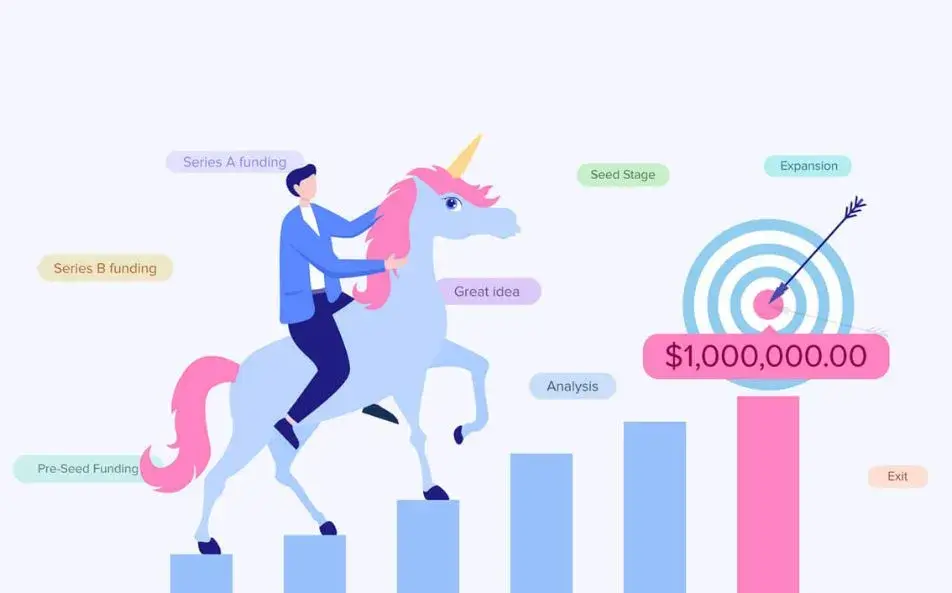Launching a startup is an exhilarating journey filled with potential, but it’s also fraught with challenges and uncertainties. To increase your chances of success, having a structured approach is crucial. One such framework is the STA Model – Skill, Timing, and Assets. This model provides a holistic view of the key elements needed to build a thriving startup.
1. Skill (S): Building a Strong Foundation
The foundation of any successful startup lies in the skills and expertise of its founding team. These skills encompass a wide range of areas, including:
- Technical Skills: Depending on your industry, technical skills in areas like software development, engineering, or biotechnology might be essential.
- Business Acumen: A strong understanding of business fundamentals – marketing, sales, finance, and operations – is non-negotiable.
- Leadership and Communication: The ability to inspire and motivate your team, along with effective communication, is critical.
- Industry Knowledge: Deep knowledge of your target market and industry trends is a significant advantage.
References:
- The Kauffman Foundation emphasizes the importance of entrepreneurial skills in their research on startup success factors.
- Harvard Business Review articles often discuss the leadership qualities essential for startup founders.
2. Timing (T): Seizing the Right Opportunity
Timing is everything in the startup world. Launching your product or service at the right moment can be the difference between soaring success and fizzling out. Factors to consider include:
- Market Readiness: Is there a clear demand for your product or service? Have you identified a gap in the market?
- Competitive Landscape: What is the level of competition? Are there barriers to entry?
- Technological Advancements: Are emerging technologies creating new opportunities or disrupting existing industries?
- Economic Conditions: How are the economic climate and investor sentiment affecting the startup landscape?
References:
- CB Insights’ research on startup failure often cites poor timing as a contributing factor.
- TechCrunch articles frequently discuss the timing of startup launches and funding rounds.
3. Assets (A): Gathering the Necessary Resources
Assets are the resources your startup needs to operate and grow. These include:
- Financial Capital: Whether it’s bootstrapping, angel investment, venture capital, or crowdfunding, securing enough funding is vital.
- Human Capital: Your team is your most valuable asset. Building a talented and dedicated team is essential.
- Intellectual Property: Protecting your ideas and inventions through patents, trademarks, or copyrights can provide a competitive edge.
- Physical Assets: Depending on your business, you might need equipment, office space, manufacturing facilities, or inventory.
References:
- The Small Business Administration (SBA) provides resources on accessing capital for startups.
- Y Combinator’s advice to startups often emphasizes the importance of building a strong team.
Applying the STA Model to Your Startup
The STA Model is not a rigid formula but a flexible framework. It encourages you to assess your startup’s strengths and weaknesses across these three critical areas and take strategic action. Here’s how to apply it:
- Evaluate Your Skills: Be honest about your team’s capabilities. Identify any skill gaps and take steps to address them through training, hiring, or partnerships.
- Analyze Timing: Research your target market thoroughly. Is it receptive to your product or service? Are there any emerging trends you can leverage?
- Secure Your Assets: Develop a comprehensive financial plan. Build relationships with potential investors and explore funding options. Assemble a talented team and protect your intellectual property.
By strategically aligning your skills, timing, and assets, you can increase your startup’s chances of navigating the turbulent waters of entrepreneurship and achieving lasting success.
Remember: The STA Model is a tool, not a guarantee. Hard work, adaptability, and a bit of luck also play a role in the startup journey.
